Frequently people come in to Dee Why Chiropractic Care with low back pain that extends into the hips and legs. Lots of people self diagnose themselves with sciatica after doing a quick google search… sometimes this is not the case.
When you have low back pain in the presence of leg pain it its important to get professionally checked. A lot of the time the patient has simple mechanical low back pain with muscular referral into their legs, which can be easily treated.
When we’ve completed a full examination and conclude you have true sciatica our chiropractors can help!
Sciatica Do I have it?
The sciatic nerve is comprised of 5 sets of nerve roots that exit the lumbar and sacral spine. The sciatic nerve travels from the low back all the way down to the foot. Many things can cause low back with the presence of leg pain however true sciatica is due to irritation of the sciatic nerve or the nerve roots that comprise it.
Sciatica symptoms and signs:
- Low back and/or hip pain
- Pain at the back of the leg which is intensified by sitting
- Burning, tingling or shooting pain down the back of the leg
- Weakness, numbness or poor motor control of the leg and/or foot
- Usually only one leg is involved however in some cases sciatica can be present in both legs
Main causes of Sciatica:
- Lumbar Bulging Disc or Herniated Disc
Spinal discs act as a cushion for our spinal joints and they sit in between each vertebra. When there is increased load on them they may start to degenerate and bulge (just imagine squishing a marshmallow). Bulging disc are painless however when they encroach onto neural structures in particular the spinal nerve roots they may cause sciatica.
In more serious cases a herniated disc causes sciatica. Herniated discs are more severe than bulging discs because the nucleus pulposus that is usually contained within the disc has broken through the annular fibrosis irritating the neural structures. Think of a disc as a jelly donut and the jelly has broken out and compresses the nerve. Not only is this worse than bulging discs because the herniated material causes direct contact with the nerve, this jelly contains an acidic, chemical irritant called hyaluronic acid which causes inflammation of the nerves.
- Lumbar Spinal Stenosis
This is more common in the older adults and is a result of compression of the spinal cord or the nerve roots. The spinal cord can be compressed in the spinal canal (spinal stenosis) and the nerve roots can be compressed as they exit the spinal column via the intervertebral foramen (foraminal stenosis). In simple terms, lumbar stenosis is narrowing of the pathway that the spinal cord and nerves travel.
There are many causes of stenosis including:
- Degenerative disc disease
- Ligamentum flavum hypertrophy
- Arthritic bone spurs
- Abnormal growths.
- Spondylolithesis
Spondylolithesis (lets call them spondys for short) is a fancy way of saying one vertebra has slipped forward in relation to the vertebra below. There are a few different types of spondys and not all cause sciatica. We have seen patients in clinic that didn’t know they had a spondy until they were seen on an x-ray.
In cases where spondys do create sciatica is when the spinal canal and intervertebral foramen have been narrowed as a result of the vertebra slipping forward.
- Trauma
Sciatica can occur from external forces placed on the low back. Most common examples include; car accidents, falls, football or gym exercises such as squats and deadlifts when done incorrectly. Usually sciatica due to trauma results from ligament and lumbar disc damage.
- Piriformis Syndrome
The piriformis muscle lies under your gluts and is responsible for external rotation of the hip. The sciatic nerve runs below it and in some individuals the nerve actually pierces through the muscle. When the piriformis muscle spasms it can compress the nerve giving you sciatica like symptoms.
- Tumours
Tumours are not common in the spine however if they do occur in the low back, sciatica can occur due to compression to either the spinal cord or nerve roots.
If you think you have sciatica, it is important to get assessed by a professional. The first step to relief is finding out exactly what is causing it!
Contact us today if you feel you are one of those people!

